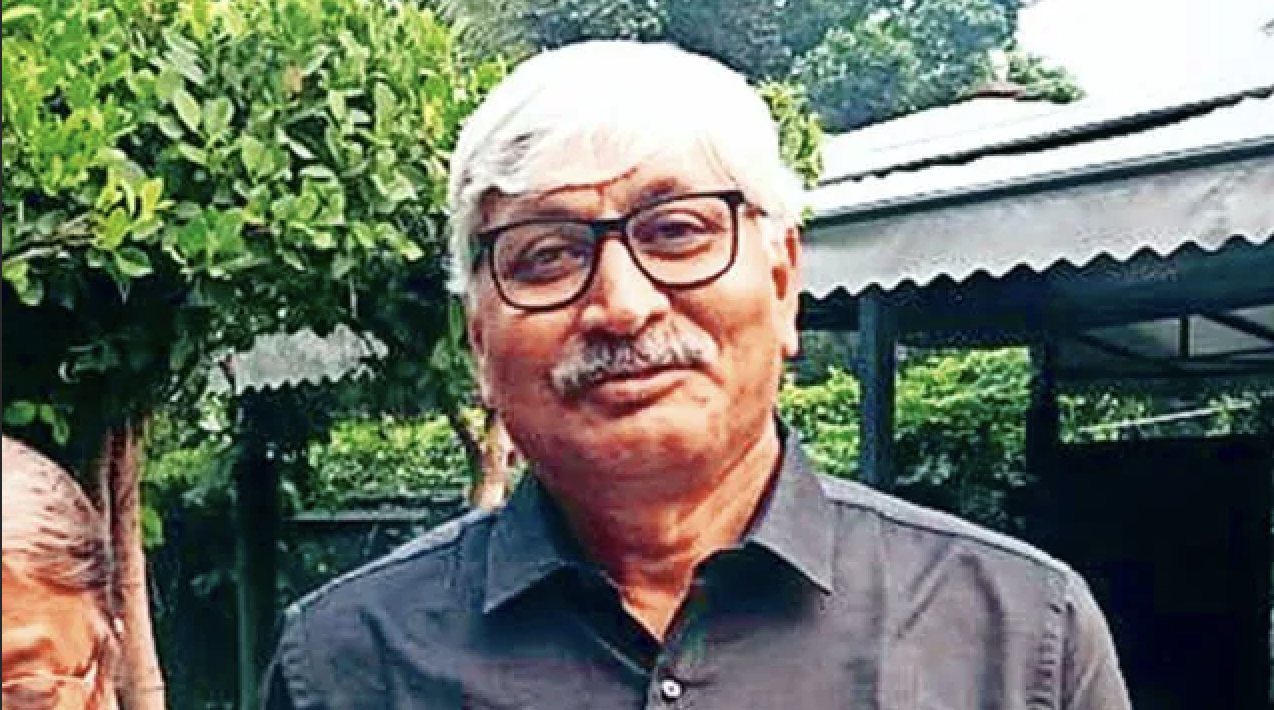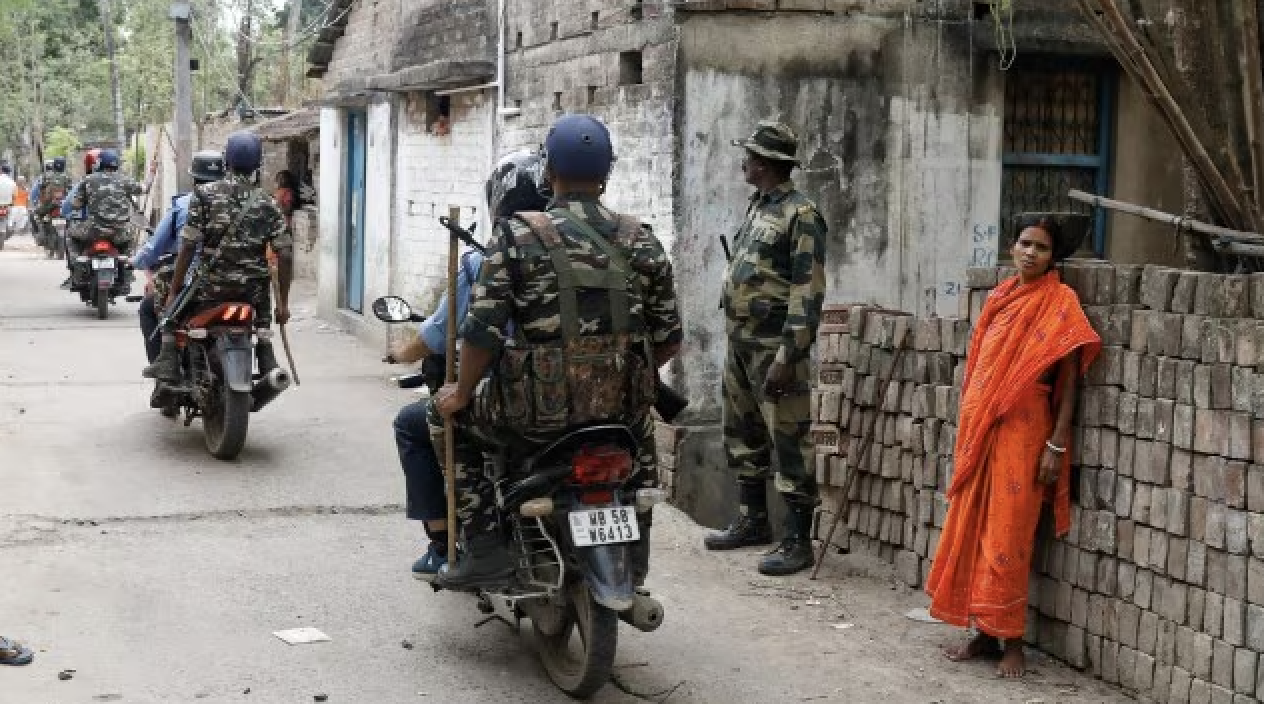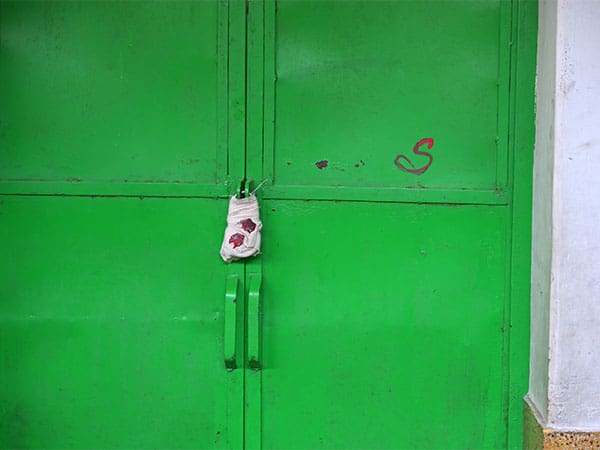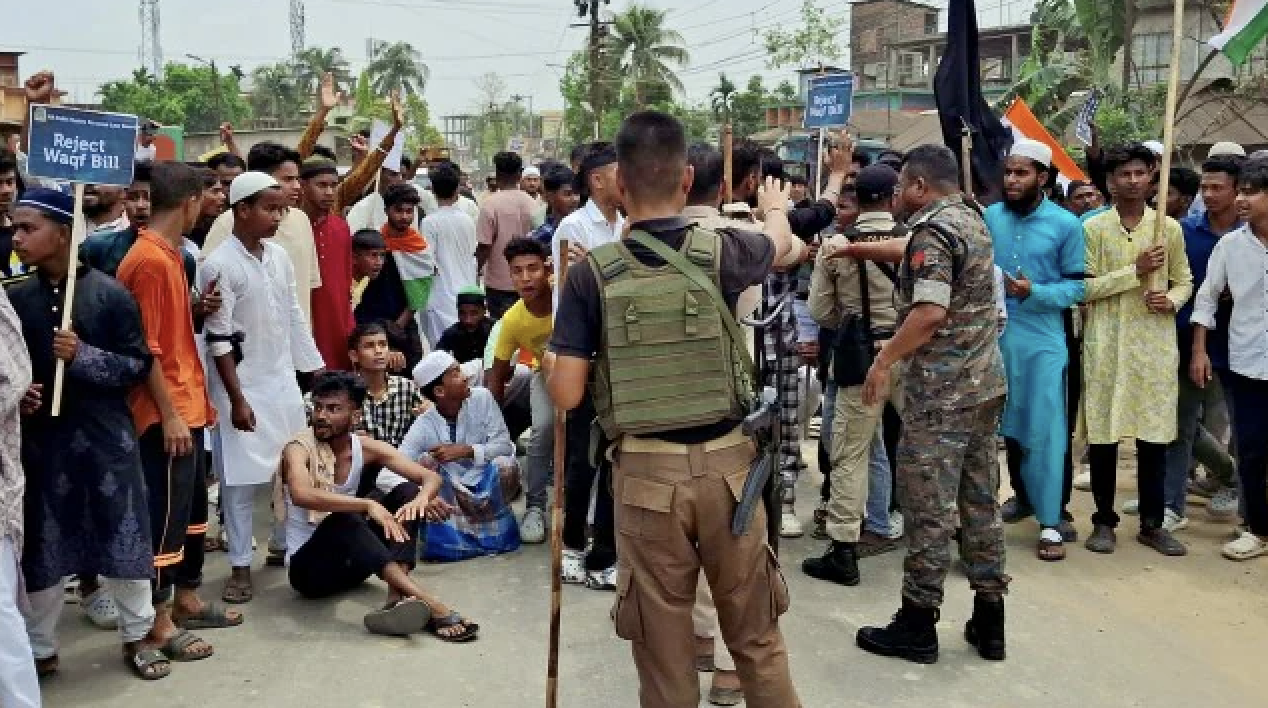
The riots that broke out in Nagpur on the evening of March 17 have drawn national attention to the rising incidents of communal tension in Maharashtra. Nagpur, the headquarters of the RSS, is the hometown of Maharashtra Chief Minister and Home Minister Devendra Fadnavis and Union Minister for Road Transport Nitin Gadkari. Both Fadnavis and Gadkari immediately issued a public appeal for peace on the same evening. However, the fact that an otherwise peaceful city has descended into communal strife shocked the State and raised serious questions about the timing of the violence and the possible sociopolitical factors behind it.
Earlier on March 17, the Vishva Hindu Parishad and the Bajrang Dal took out a rally demanding the demolition of Aurangzeb’s tomb in Khuldabad, Chhatrapati Sambhajinagar district. The organisers claim they burned an effigy of Aurangzeb during the rally. But that afternoon, a few videos allegedly showing the burning of cloth with inscriptions from the Quran went viral on social media. This led to altercations and resulted in the torching of shops, vehicles, and other private properties in that part of Nagpur.
The riots in Nagpur, triggered by communal tension, are not an isolated incident. In the three weeks prior, the VHP and the Bajrang Dal held at least 10 such rallies in different cities of Maharashtra with a similar demand. In all the rallies, leaders from either the BJP or its sister organisations from the RSS parivar made provocative speeches. In Pune on March 16, Telangana BJP MLA T. Raja Singh declared: “The Hindus in Maharashtra want Aurangzeb’s grave erased from the State. I have only resolve now: to make India a ‘Hindu Rashtra’ and remove Aurangzeb’s grave.”
In another rally, the BJP leader and State Port Development and Fisheries Minister Nitesh Rane said: “Those who want Aurangzeb’s tomb to be protected should go to Pakistan. There is no place for Aurangzeb lovers in Maharashtra.” Banners in the rallies across the State declared: “If the tomb is not removed, then Hindus will do kar seva like [it happened in the case of] Babri Masjid at Aurangzeb’s tomb.”
The tomb of the 17th century Mughal emperor Aurangzeb was recently in the news after the box-office success of the Bollywood film Chhaava (literally, cub in Marathi). The film, which is based on the life of Chhatrapati Sambhaji, son of the founder of Maratha empire Chhatrapati Shivaji, shows how brutally Aurangzeb killed Sambhaji in 1689. In his reply during the discussion on Nagpur violence in the Assembly on March 18, Chief Minister Fadnavis said: “After Chhaava was released, the public have become emotional. The movie has ignited people’s anger against Aurangzeb.”
This story was originally published in frontline.thehindu.com. Read the full story here.






